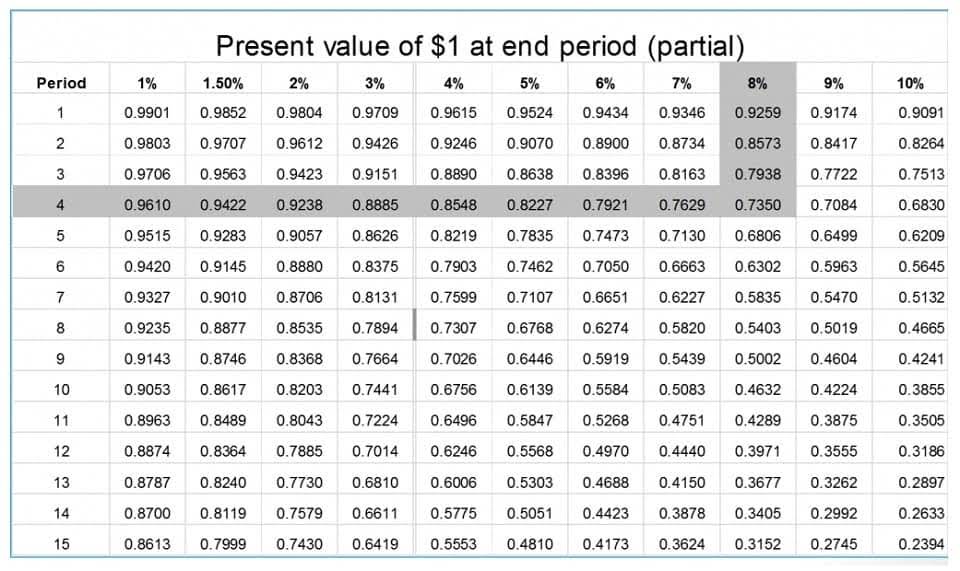20 Sep Normal balance of retained earnings definition

Hence retained earnings are the company’s past earnings that have been kept by the company instead of being distributed to shareholders as dividends. A history of lower retained earnings could indicate that the company is in a mature, low-growth stage since there are fewer ways for the company to reinvest its earnings. This may indicate that the company doesn’t need to invest very much additional capital to continue to be profitable, which often means the extra funds are distributed to shareholders through dividends.

Retained Earnings Journal Entry
Non-cash items such as write-downs or impairments and stock-based compensation also affect the account. As an investor, one would like to know much more, such as the returns that the retained earnings have generated and whether they were better than any alternative investments. Additionally, investors may prefer to see larger dividends rather than significant annual increases to retained earnings. For an analyst, the absolute figure of retained earnings during a particular quarter or year may not provide any meaningful insight. Observing it over a period of time (for example, over five years) only indicates the trend of how much money a company is adding to retained earnings. The strategic use of retained earnings can also enhance a company’s competitive edge.
Which financial statement summarizes the changes in retained earnings?
When a company chooses to reinvest its profits rather than distribute them as dividends, it signals a commitment to long-term development. This reinvestment can take many forms, from funding new product lines and entering new markets to upgrading technology and infrastructure. For instance, a manufacturing firm might use retained earnings to modernize its production facilities, thereby increasing efficiency and reducing costs. Any change in the accounting policies of a business entity must be reflected in the financial statements.
Step 1: Prepare the Statement Heading
Retained earnings normal balance is usually a credit, this indicates that the company has generated profits from its inception to the time when the retained earnings balance is checked. Since dividend payments are usually deducted from a company’s retained earnings, the retained earnings balance of most companies is relatively low even if the company has a good financial standing. Thus, the retained earnings balance does not perfectly portray the level of success or profitability of a company. Instead, if a company’s success is to be analyzed, the various income statement ratios or business valuation methods could be used.
Is retained earnings asset or liability?

According to the board approval and dividend policies, this earning will be reduced when the entity makes the payments to its shareholders. Retained earnings are an equity balance and as such are included within the equity section of a company’s balance sheet. If for instance, the company incurred losses of $100,000 the journal entry for the loss will be recorded as shown below. Let’s say that the net income of your company for the current period is $15,000. Being a new business, you don’t want to pay out any dividends or distributions.
Calculate Retained Earnings on a Balance Sheet
If you’re the sole owner, that means any profits left over after you pay yourself from the company. Revenue, sometimes referred to as gross sales, affects retained earnings since any increases in does retained earnings have a credit balance revenue through sales and investments boost profits or net income. As a result of higher net income, more money is allocated to retained earnings after any money spent on debt reduction, business investment, or dividends. Retained earnings are reported under the shareholder equity section of the balance sheet while the statement of retained earnings outlines the changes in RE during the period.

Retained Cash Flow Management for Small Businesses earnings are affected by any increases or decreases in net income and dividends paid to shareholders. As a result, any items that drive net income higher or push it lower will ultimately affect retained earnings. Now that you’ve learned how to calculate retained earnings, accuracy is key. The purpose of a balance sheet is to ensure all your bookkeeping journal entries are correct and every penny is accounted for. If a business sold all of its assets and used the cash to pay all liabilities, the leftover cash would equal the equity balance.
The remaining amount, after dividends are paid, is added to the retained earnings account. At the end of an accounting year, the balances in a corporation’s revenue, gain, expense, and loss accounts are used to compute the year’s net income. Those account balances are then transferred to the Retained Earnings account. When the year’s revenues and gains exceed the expenses and losses, the corporation will have a positive net income which causes the balance in the Retained Earnings account to increase.
- So for example there are contra expense accounts such as purchase returns, contra revenue accounts such as sales returns and contra asset accounts such as accumulated depreciation.
- This amount includes all income that has been generated before the deduction of expenses and it is commonly referred to as gross sale.
- Similarly, if a liability account happens to be overpaid, it would be incorrect to continue reporting it as a liability with a debit balance because it no longer represents an amount owed.
- The decision to reinvest profits as retained earnings or distribute them as dividends depends on the company’s growth strategies and financial health.
There’s still plenty of room for growth — many entrepreneurs continue reinvesting earnings back into the company for years. As a result, any factors that affect net income, causing an increase or a decrease, will also ultimately affect RE. A company may decide not to redistribute all or part of its profits to shareholders or to add to its reserves. As you work through this part, remember that fixed assets are considered non-current assets, and long-term debt is a non-current liability. Regularly assess your retained earnings in the context of your business gross vs net objectives and shareholder needs, perhaps with the help of financial advisors. The dividend preferences of shareholders can influence retained earnings, especially in dividend-focused industries.




Sorry, the comment form is closed at this time.